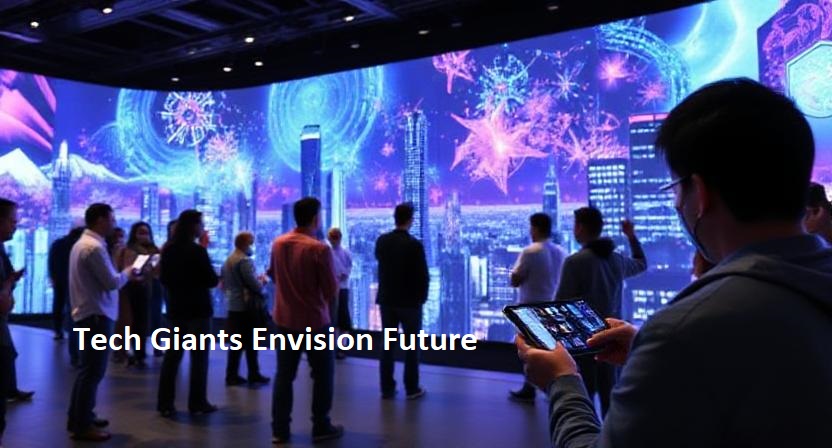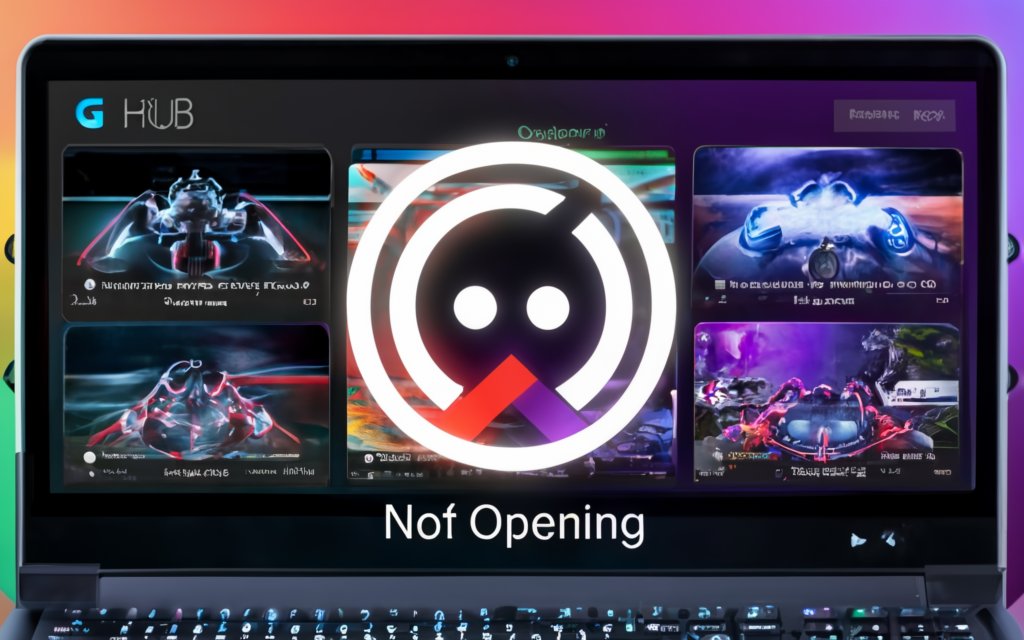Smartphones have ruled our pockets, purses, and even our attention spans for well over a decade. They’ve become the remote controls of modern life. But quietly, the world’s biggest technology companies are preparing for a new chapter. Tech giants envision future beyond smartphones, and that vision is reshaping how we might live, work, and connect.
Rather than being tethered to a single glowing rectangle, we’re entering an era where technology blends into the background, becoming more seamless and immersive. Let’s unpack where the industry is heading, what innovations are driving the shift, and how these changes could affect you.
Why the Smartphone Era May Be Ending
Smartphones aren’t disappearing tomorrow—but their dominance is showing cracks. Growth in phone sales has slowed. Upgrades feel incremental rather than revolutionary. People are using devices longer, and regulators are scrutinizing mobile ecosystems.
Meanwhile, everyday frustrations—tiny screens, distracting notifications, constant battery anxiety—make the idea of moving beyond phones more appealing. Tech giants envision future beyond smartphones not because devices failed, but because the next wave of innovation promises more natural and integrated ways to interact with technology.
The Next Frontier of Personal Technology
Wearables Take Center Stage
Smartwatches and fitness trackers were just the beginning. Now, companies are building advanced wearables that go far beyond step counts. Glasses that project holograms, earbuds that double as translators, and even clothing with embedded sensors are moving from prototype to reality.
Apple, Meta, Google, and Samsung are all experimenting with devices that sit directly on our bodies, making tech less of a tool we carry and more of an extension of ourselves.
Extended Reality (XR)
Virtual reality (VR) and augmented reality (AR) headsets are central to how tech giants envision future beyond smartphones. Imagine checking your messages on digital screens floating in your living room, or collaborating with colleagues around a shared virtual table.
While early headsets felt bulky and niche, advances in design, processing power, and display quality are pushing XR into mainstream territory. Apple’s Vision Pro, Meta’s Quest series, and various AR glasses projects show how seriously the industry is betting on immersive computing.
Voice and Ambient Computing
We’ve already started talking to Alexa, Siri, and Google Assistant, but voice tech is still warming up. Future devices may listen, interpret, and act in ways that feel closer to having a human helper than issuing commands to a robot.
Pair that with AI-driven predictive systems, and your tech could anticipate what you need—whether adjusting your thermostat before you ask or suggesting a meeting reschedule before conflicts arise.
The Role of Artificial Intelligence
Smarter Interactions
AI is the engine driving the shift. Instead of tapping and swiping, users will rely on natural gestures, voice, and predictive assistance. Tech giants envision future beyond smartphones where AI filters noise, highlights priorities, and adapts to personal rhythms.
Personalized Worlds
Imagine augmented glasses overlaying directions tailored to your exact walking speed, or AI earbuds translating conversations in real-time with the nuance of local slang. These aren’t far-fetched ideas—they’re in active development today.
Ethical Questions
The more personal and invisible tech becomes, the more pressing questions of privacy and control become. If our devices fade into the background, how do we keep track of what they know, what they share, and who benefits? Giants may envision the future, but users will need transparency and safeguards.
Big Players and Their Moves
Apple
Apple rarely jumps in first, but when it does, it sets new standards. With its push into wearables, health tracking, and spatial computing, Apple is betting that the future beyond smartphones looks sleek, premium, and deeply integrated into daily life.
From AI research to AR glasses prototypes, Google aims to make information accessible anywhere, without needing a screen in your hand. Its investments in ambient computing show how it wants to weave technology seamlessly into surroundings.
Meta
Mark Zuckerberg has staked Meta’s future on the “metaverse.” Though still in its messy early stages, Meta’s heavy investment in VR and AR signals a long-term bet that digital and physical lives will blur.
Samsung and Others
Samsung experiments boldly, from foldable phones to wearables. Meanwhile, startups and niche players push specialized devices that could become tomorrow’s mainstream. The competition ensures that innovation doesn’t stall.
Everyday Life in a Post-Smartphone World
Work and Productivity
Picture ditching your laptop screen for lightweight AR glasses that summon virtual desktops wherever you sit. Collaboration could happen in shared digital workspaces, erasing the limits of geography.
Health and Wellness
Wearables may evolve into continuous health companions—tracking vital signs, predicting illnesses, and offering personalized recommendations. The boundary between consumer tech and healthcare is dissolving fast.
Entertainment and Connection
From immersive concerts in virtual arenas to family gatherings enhanced by AR overlays, entertainment will no longer be confined to flat screens. Your living room could transform into a movie theater, a sports stadium, or a gallery.
Challenges Along the Way
Cost and Accessibility
Cutting-edge devices don’t come cheap. If tech giants envision future beyond smartphones, they must ensure it’s not a future limited to the wealthy few. Bridging affordability gaps will be crucial.
Learning Curves
New ways of interacting with tech can feel awkward. Remember the first time you tried dictating to a voice assistant? The leap from touchscreens to immersive environments will demand patience and good design.
Balancing Digital and Real Life
If technology surrounds us more intimately, it risks overwhelming us even further. The challenge will be designing systems that support focus and presence rather than constant distraction.
Looking Ahead
Smartphones aren’t going extinct overnight. For years to come, they’ll remain essential hubs for communication and productivity. But it’s clear that tech giants envision future beyond smartphones, and the signs are everywhere: AI assistants that anticipate needs, glasses that overlay digital layers on the physical world, and wearables that merge health, entertainment, and communication.
The shift isn’t just about replacing a device. It’s about rethinking how humans interact with the digital universe. In that sense, the smartphone was never the endgame—it was just the beginning.



